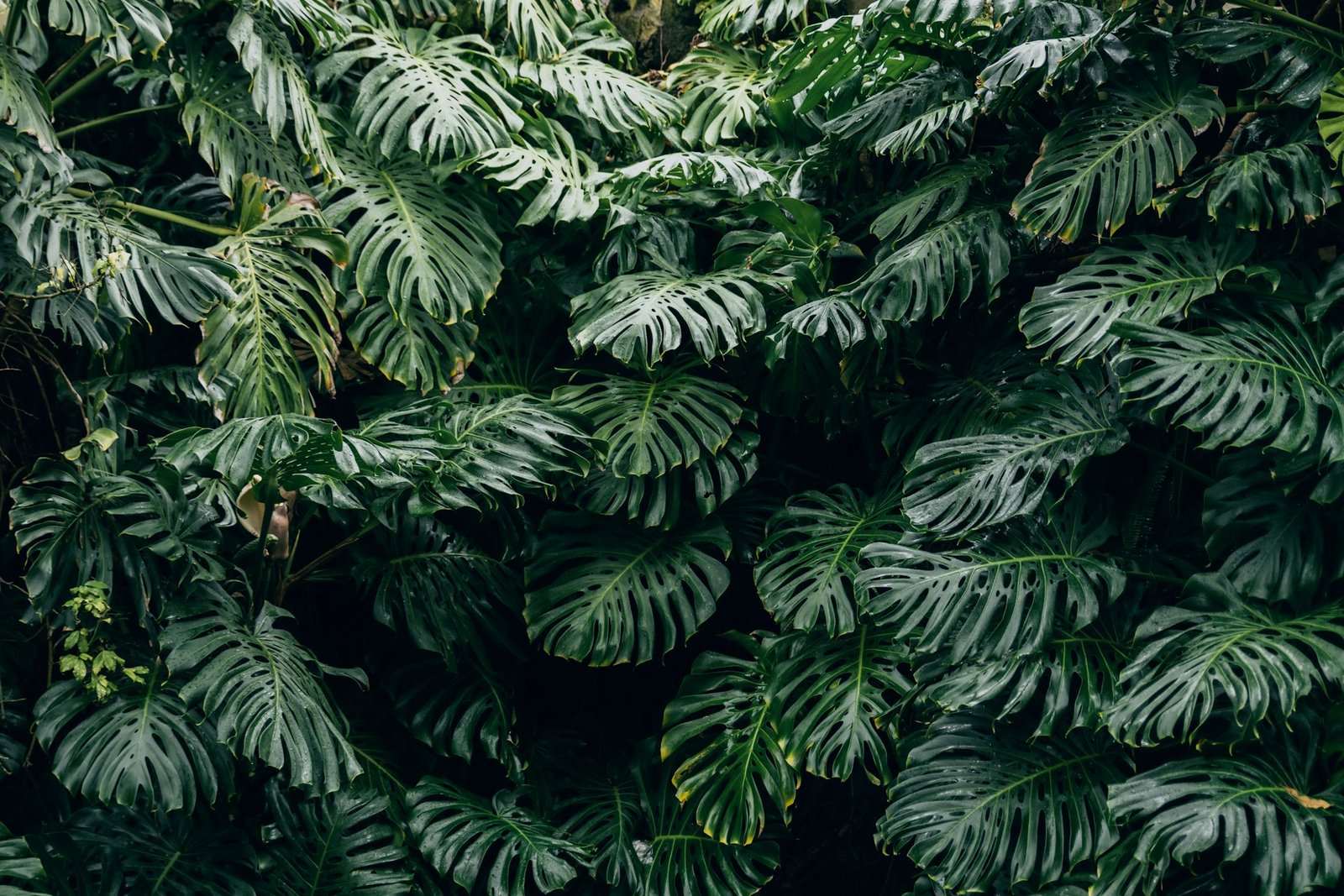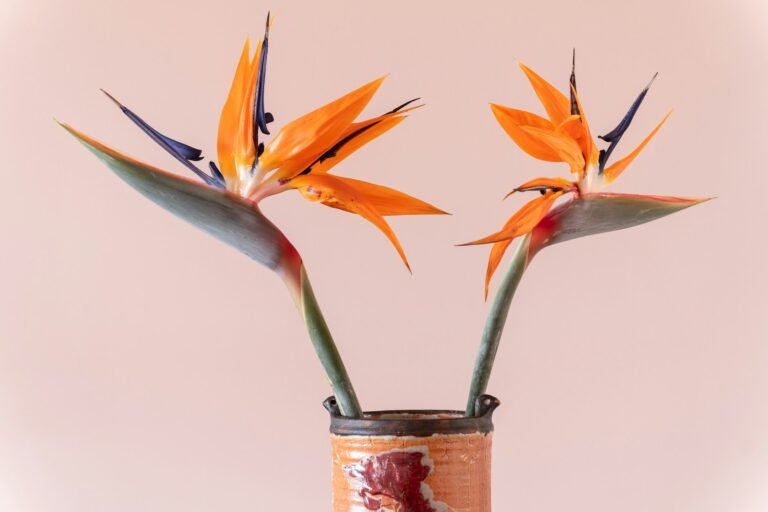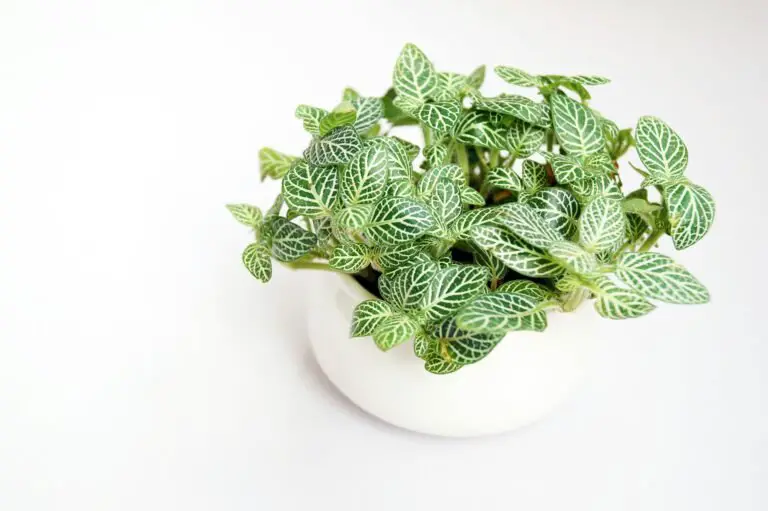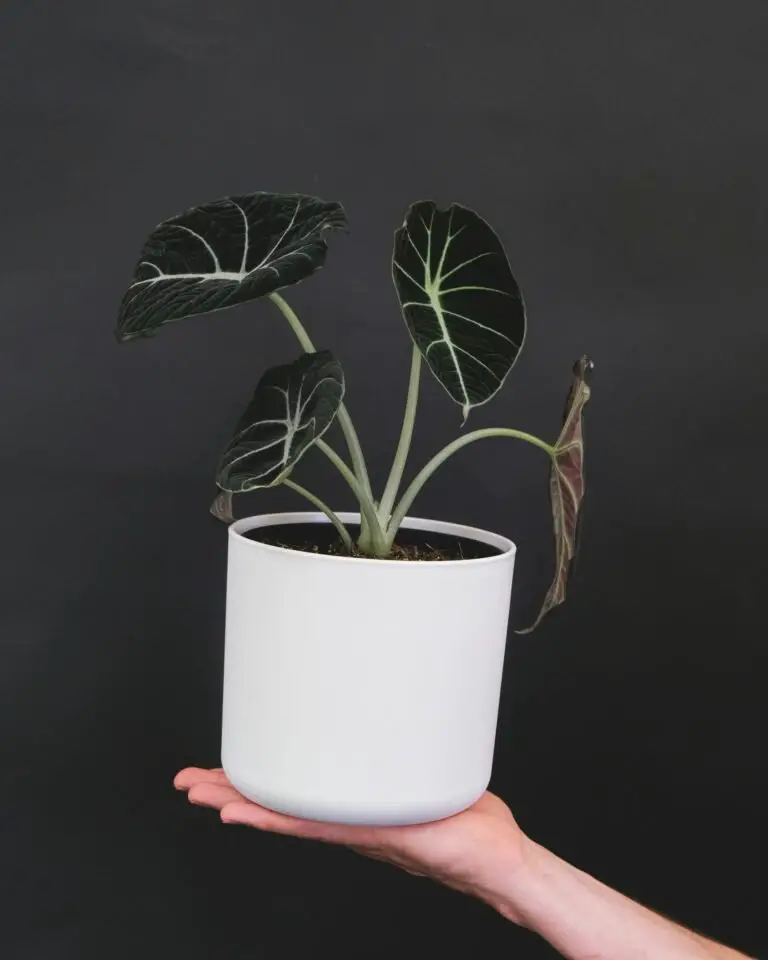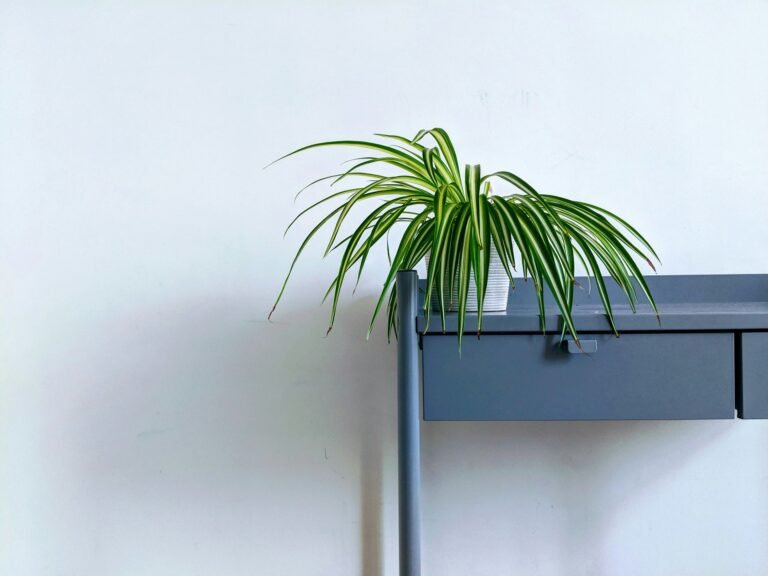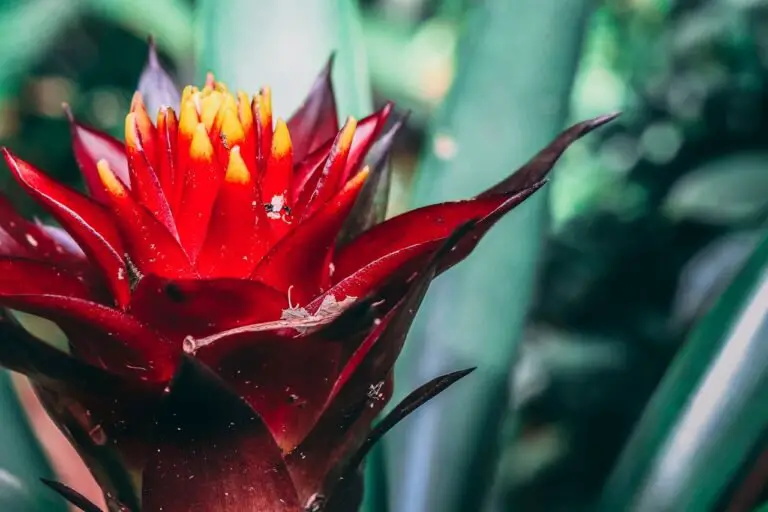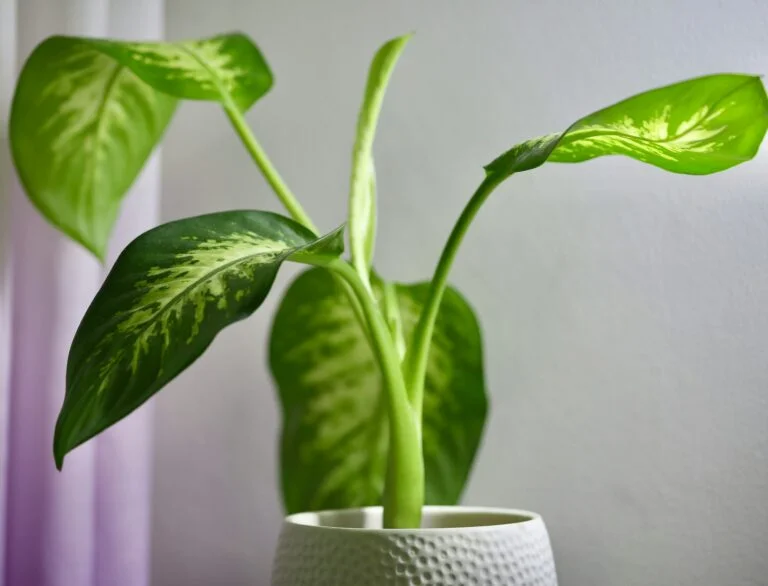Monstera Deliciosa: The Houseplant That Makes You Look Like You Know What You’re Doing
Let’s be real: if you want a houseplant that looks like you’ve got your life together (even if you don’t), the Monstera Deliciosa is it.
Big leaves. Wild splits. Jungle vibes. It practically screams, “I’m thriving,” even if you’re just trying to remember the last time you watered it.
Whether you’re new to plants or five pots deep into a full-blown obsession, here’s everything you need to know to make your Monstera happy—and not embarrass yourself.
What Makes the Monstera So Popular?
Short answer: It looks amazing and isn’t that hard to keep alive.
Those giant, fenestrated (fancy word for holey) leaves aren’t just for show. In the wild, they help the plant get light without wasting energy growing huge leaves. Indoors? They’re straight-up eye candy. People buy them for the aesthetic, then stick around because they’re surprisingly forgiving.
Where to Put It (aka, Don’t Shove It in a Dark Corner)
Monsteras love bright, indirect light. Think: near a window, but not in the sun’s face-melting direct rays.
If it’s not getting enough light, the new leaves will look sad—smaller, no splits, zero drama. Too much light? You’ll see brown crispy edges, and your Monstera will throw shade (metaphorically).
Pro tip: Rotate it every week or two. Otherwise, it’ll lean like it’s trying to escape.
How Often Should You Water?
Here’s the deal: water when the top 2 inches of soil feel dry. That’s it. Stick your finger in the dirt. If it’s dry, water it. If it’s still moist, put the watering can down.
Overwatering is the fastest way to send your Monstera to the plant graveyard. They like consistent moisture—not a swamp.
Quick checklist:
- Use a pot with a drainage hole (non-negotiable)
- Don’t let it sit in standing water
- Water less in winter (because the plant’s basically napping)
Potting and Soil (Yes, This Matters)
Monsteras don’t like their feet sitting in sludge. Use a well-draining mix—something with peat, perlite, bark, or even a chunky “aroid mix” if you’re fancy like that.
If you’re using whatever soil came in that $5 bag from the grocery store? 🙄 You’re asking for root rot.
Repot every 1–2 years, especially if the roots start growing out of the bottom. That’s your plant screaming, “Help.”
Monsteras Get Big (Like, Really Big)
This isn’t your cute little windowsill herb. A mature Monstera can grow to 6–8 feet tall indoors if you treat it right.
Give it a moss pole or stake so it can climb. If you don’t, it’ll sprawl out like a drunk octopus—and good luck making that look intentional.
Want to keep it compact? You can prune it. No drama. Just use clean shears and don’t go Edward Scissorhands on it.
Feeding Your Beast (Fertilizer Tips)
Monsteras aren’t that needy, but they do appreciate a snack now and then.
Use a balanced liquid fertilizer (like 20-20-20 or even 10-10-10) once a month during spring and summer. Don’t bother in the winter unless you’ve got it under a grow light and it’s still putting out new leaves.
Important: More fertilizer ≠ faster growth. It just means more problems. Go light.
Monstera Problems (And How to Not Panic)
If your Monstera starts throwing a tantrum, here’s what it might be trying to tell you:
- Yellow leaves? You’re probably overwatering.
- Brown tips? Dry air, not enough humidity.
- Droopy leaves? Either too dry or too wet. Congrats—you’ve entered the overthinking zone.
- No splits in new leaves? Not enough light or it’s still too young. Patience.
BTW: Pest problems are rare, but if you see weird white fuzz or sticky residue? Bust out the neem oil or insecticidal soap, ASAP.
Do You Need to Mist It?
Eh. Not really. Everyone on the internet acts like misting is mandatory, but Monsteras care more about overall humidity than a quick spritz to the face.
If your place is super dry (looking at you, winter radiators), consider a humidifier. Otherwise, it’ll survive without a spa day.
Propagation: Multiply Your Plant, Impress Your Friends
Want more Monsteras? Snip a stem with a node and aerial root, pop it in water, and wait. Boom—you’re propagating.
It’ll grow roots in a few weeks, and then you can pot it up. Just don’t expect overnight success. It takes time, like all good things.
Final Thoughts (and a Slight Reality Check)
Monsteras are popular for a reason. They look incredible, grow fast, and give off that lush, tropical vibe without demanding 24/7 attention.
But they’re not totally foolproof. You’ll still need to learn its moods, adjust to your space, and yeah, water it sometimes. 😅
If you want one plant that makes a big statement with minimal drama, this is it. Just give it light, water when it’s thirsty, and resist the urge to overdo it.

